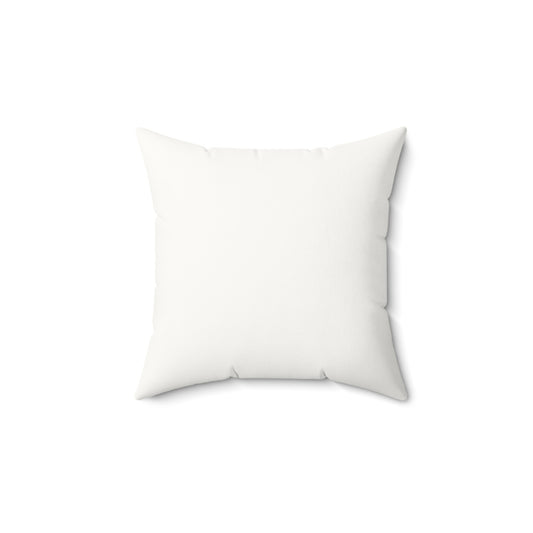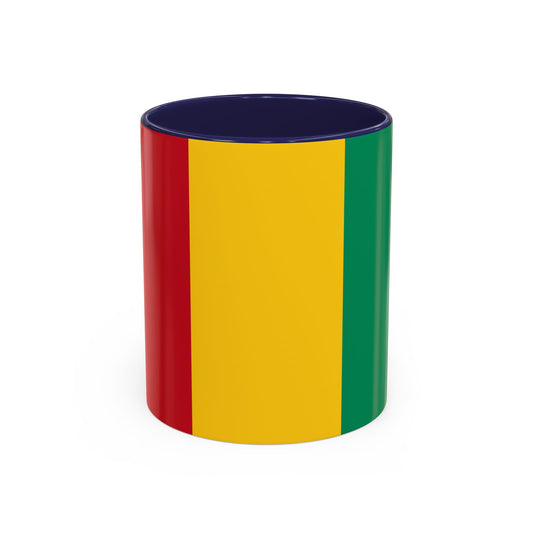-
Guinea Pillow
Regular price $22.65 USDRegular priceUnit price / per -
Guinea Backpack
Regular price $59.79 USDRegular priceUnit price / per -
Guinea Leather Patch Hat
Regular price $18.85 USDRegular priceUnit price / per -
Guinea Flag Sweatshirt
Regular price $34.15 USDRegular priceUnit price / per -
Guinea Sweatshirt
Regular price $34.15 USDRegular priceUnit price / per -
Guinea Mug
Regular price $11.65 USDRegular priceUnit price / per -
Guinea Trucker Cap
Regular price $14.90 USDRegular priceUnit price / per -
Guinea Hoodies
Regular price $34.40 USDRegular priceUnit price / per -
Guinea T-shirts
Regular price $22.79 USDRegular priceUnit price / per -
Guinea Flag Hoodies
Regular price $34.40 USDRegular priceUnit price / per -
Guinea Flag on T-shirt
Regular price $22.79 USDRegular priceUnit price / per
Collection: Guinea
The Guinea flag, also known as the flag of Guinea, is a symbol of national pride and identity for the people of this West African country. We will examine the design, colors, historical context, symbolism, current relevance, and additional facts surrounding the Guinea flag.

Overview of the Guinea Flag's Design and Colors
The national flag of Guinea features a striking and simple design composed of three vertical stripes, each of equal width. From the hoist side (the side closest to the flagpole) to the fly side, the stripes are arranged in the following order: red, yellow, and green. This arrangement of colors is not only visually compelling but also rich in symbolism. The red stripe symbolizes the country's struggle for independence and the courage of those who sacrificed their lives. Yellow, occupying the central position, highlights Guinea's wealth in minerals and its significance in the nation's economic framework. Finally, the green stripe represents Guinea's abundant natural resources, especially its fertile lands and agricultural capacity. Together, these colors not only delineate the flag's aesthetic appeal but also encapsulate core aspects of Guinea's national identity, ethos, and aspirations.
Historical Context of the Guinea Flag

The journey to the current flag of Guinea began with the country's quest for independence. The flag, as we know it today, was inaugurated into the annals of Guinean history on November 10, 1958, shortly after the nation declared its independence from French colonial rule. This marked a pivotal turning point for Guinea, not just in gaining sovereignty but also in establishing a distinct national identity. The design, conceived by the Guinean artist Damaye, was chosen to represent the new, free nation of Guinea and has stood the test of time, unchanged since its adoption.
This period of Guinea's history was marked by a genuine push against colonialism, with the flag emerging as a powerful symbol of Guinea's autonomy and new-found sovereignty. Its adoption was not just an act of statehood but also a declaration of Guinea's readiness to chart its course on the global stage. Unlike some countries that have seen several revisions to their flags over the years, Guinea's flag has remained a steadfast emblem of its independence and the ideals upon which the nation was founded. The choice of design and colors was both a political and cultural statement, signifying a break from colonial influence and an embrace of African unity and identity.
Symbolism Behind the Guinea Flag
At its core, the Guinea flag stands as a potent emblem of the nation's values, aspirations, and historical journey. Each hue on the flag carries a distinct message that is interwoven with Guinea's national narrative. The red stripe transcends mere representation of the courage and sacrifice of those who fought for independence, symbolizing the blood and resilience of the Guinean people throughout their struggle against oppression. Yellow, more than signifying the nation's mineral riches, shines as a beacon of hope and prosperity, reflecting the economic ambitions and potential wealth that Guinea strives to harness for its development.
The green stripe delves deeper into the country's ecological wealth, embodying hope for agricultural prosperity and a sustainable future while highlighting the importance of environmental stewardship. Together, these colors do not just make up a flag; they weave a story of liberation, wealth, and fertility—echoing Guinea's past struggles and its aspirations for a prosperous future grounded in unity and self-reliance. Through this symbolism, the Guinea flag serves as a daily reminder of the nation's enduring spirit and its ongoing journey towards progress and unity.
Current Relevance of the Guinea Flag
Today, the Guinea flag continues to play a significant role in the fabric of national life, symbolic of the country's sovereignty, unity, and the shared aspirations of its people. It is prominently featured across a wide array of public spaces, from schools and municipal buildings to international embassies, serving as a visual testament to the nation's enduring spirit and independence. During national celebrations such as the Independence Day on October 2nd, the flag takes center stage, fluttering proudly in parades and public gatherings, reinforcing its role as a symbol of national pride and collective memory.
Moreover, the flag is deeply integrated into military traditions, where it is revered as a symbol of honor and the sacrifices made by the armed forces. It is expected that the flag will be hoisted during official military ceremonies and commemorations, paying homage to Guinea’s history and the courage of its soldiers.
Despite its ubiquitous presence and the unity it represents, discussions about the flag's meaning and representation occasionally surface, reflecting the dynamic nature of national symbols in capturing a country's evolving identity and values. These discussions often revolve around how best to honor the flag's legacy while ensuring it remains a relevant and unifying symbol for all Guineans amidst the country's diverse and changing social, political, and economic landscape.
Additional Facts About the Guinea Flag
When displaying the Guinea flag, strict protocols are observed to ensure its dignity is maintained. Not only is it imperative that the flag does not make contact with the ground but there are also specific rituals for its ceremonial hoisting and lowering, underscoring the reverence held for this national symbol. These practices are a testament to the flag's esteemed status and the collective respect it commands among the Guinean people. Intriguingly, the choice of the flag's colors reflects a broader African solidarity, as they are derived from the Pan-African palette.
This intentional choice aimed to forge a visual connection with the wider movement against colonial dominance and affirm Guinea's commitment to African unity and independence. This alignment with Pan-African colors underscores Guinea's historical struggles and aspirations and its enduring solidarity with the continent's collective journey towards freedom and self-determination.






















